
These ideas are brilliant

Most people don’t realize how quickly dust can accumulate inside their homes — or how much it can affect their health and comfort. Dust isn’t just an eyesore; it can also trigger allergies, irritate your lungs, and even worsen asthma. Here’s a practical guide to help you understand where dust comes from and how to get rid of it for good.
Understanding Dust and Where It Comes From
Dust is everywhere — a mix of dead skin cells, pollen, pet dander, fabric fibers, and tiny bits of soil that enter your home from outside. It builds up faster than you might think, especially in areas with high foot traffic or poor ventilation. Knowing its sources is the first step toward keeping your living space clean and healthy.
How Dust Affects Your Health
Exposure to dust can cause sneezing, coughing, itchy eyes, and breathing problems — especially for people with allergies or asthma. Over time, breathing in dust can worsen chronic respiratory conditions. Keeping dust under control is essential for a cleaner home and better air quality.
Choose the Right Cleaning Tools
Using the right tools makes all the difference. Microfiber cloths, electrostatic dusters, and HEPA-filter vacuums are some of the best choices. Microfiber cloths attract and hold dust particles instead of scattering them, while HEPA filters in vacuums capture even microscopic dust for a deeper clean.
Stick to a Regular Dusting Schedule
Consistency is key. Create a weekly cleaning routine that includes dusting, vacuuming, and wiping down surfaces. Areas like shelves, blinds, and electronic devices tend to collect more dust and may need attention more often. Setting reminders can help make dusting a simple habit rather than a big chore.
Use Air Purifiers and Quality Filters
An air purifier with a HEPA filter can greatly reduce airborne dust. Place them in rooms you use most often, like the bedroom or living room. Also, replace or clean your HVAC filters regularly — dirty filters just blow dust right back into your home.
Keep Your HVAC System Maintained
Your heating and cooling system can be your best friend — or your worst enemy — when it comes to dust. Have the air ducts cleaned periodically and replace filters on schedule. High-efficiency filters trap more dust and prevent it from circulating throughout your home.
Invest in a Quality Vacuum Cleaner
A powerful vacuum with a HEPA filter is one of the most effective tools for controlling dust. Look for a model with strong suction and adjustable settings for different flooring types. Empty the bag or canister often so it continues to work efficiently.
Get the Most from Microfiber Cloths
Microfiber cloths are among the most effective tools for trapping dust. Use them dry for regular dusting or slightly damp for tougher spots. Be sure to wash them frequently — dirty cloths can simply spread dust instead of removing it.
Minimize Dust from Fabrics
Soft furnishings like curtains, upholstery, and bedding are major dust collectors. Wash your sheets and pillowcases weekly in hot water, vacuum furniture often, and use washable pillow and mattress covers. Switching from heavy drapes to blinds or shades can also make cleaning easier.
Add Green Plants for Natural Air Purification
Some indoor plants — like spider plants, peace lilies, and rubber plants — can help reduce dust by naturally filtering the air. Just remember to wipe their leaves regularly; otherwise, they’ll collect dust like any other surface.
Keep Your Space Clutter-Free
Clutter gives dust more places to settle. Simplify your home by keeping shelves, countertops, and floors as clear as possible. Use bins, baskets, or cabinets to store items neatly and reduce the number of exposed surfaces.
Final Thoughts
Dust will always be part of life — but with the right strategies and consistent cleaning habits, you can keep it under control. A dust-free home doesn’t just look better; it helps you breathe easier, sleep better, and enjoy a healthier living environment.
News in the same category


Banana flowers and their little-known uses

Eat these 5 fruits to avoid magnesium deficiency, keep your heart healthy and your bones strong.

How to cook black bean perilla water to detoxify the liver and nourish the kidneys

A miracle will happen with a handful of seeds under the bed, unfortunately it's just now
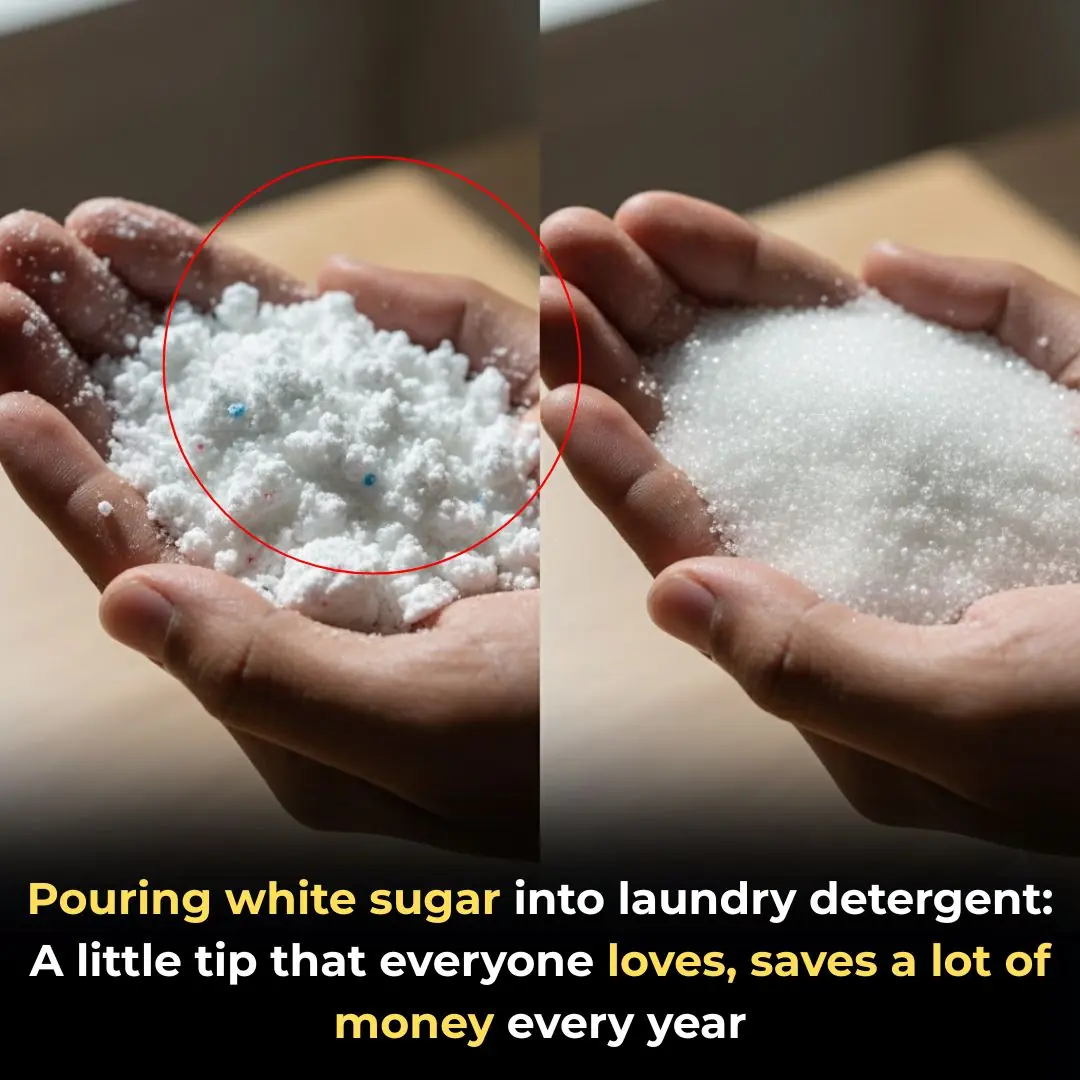
Pouring white sugar into laundry detergent: A little tip that everyone loves, saves a lot of money every year
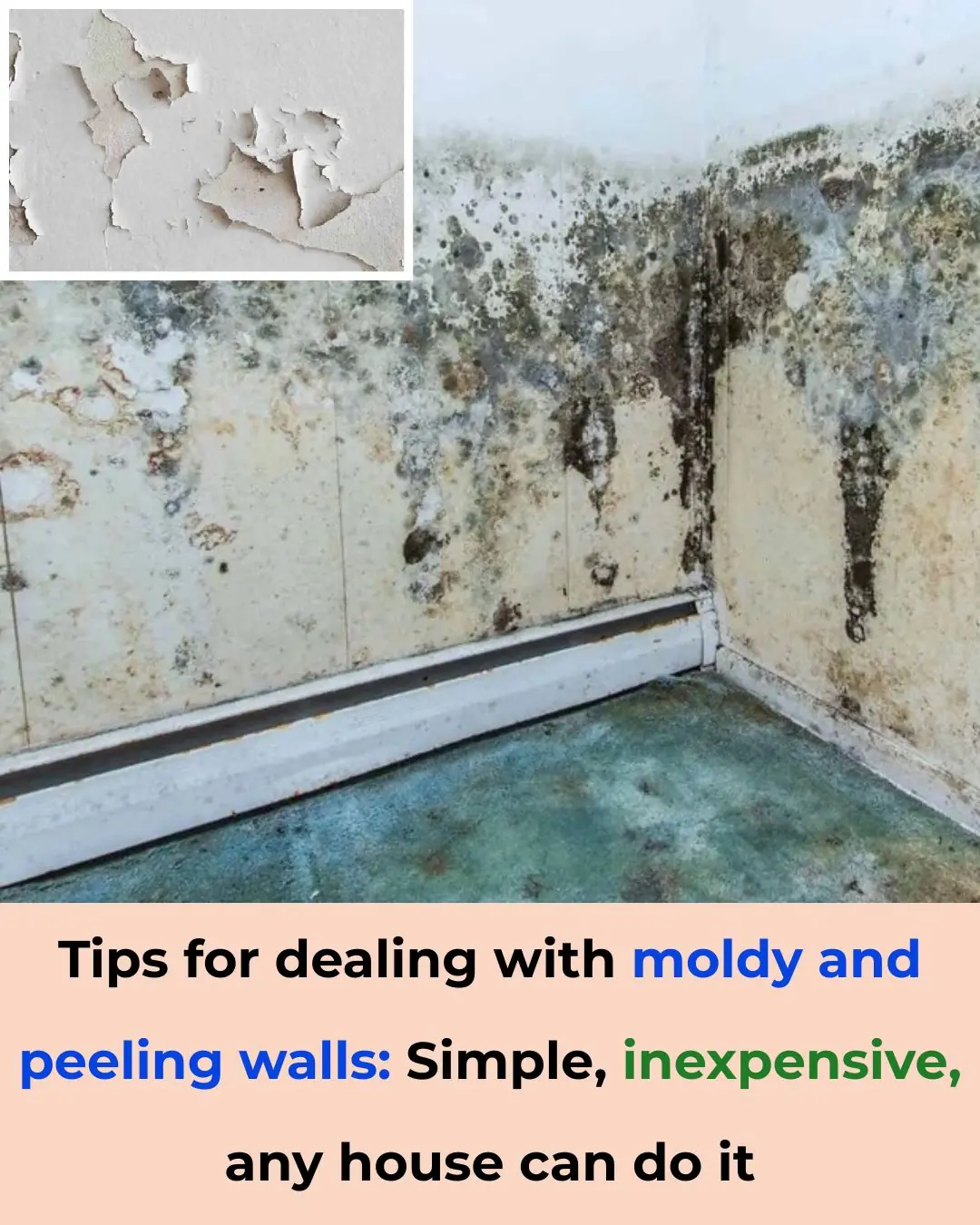
Tips for dealing with moldy and peeling walls: Simple, inexpensive, any house can do it

Stop wasting money on these 10 pantry staples

Stop wasting freezer space on these 10 foods

Whoa, this completely flew under my radar
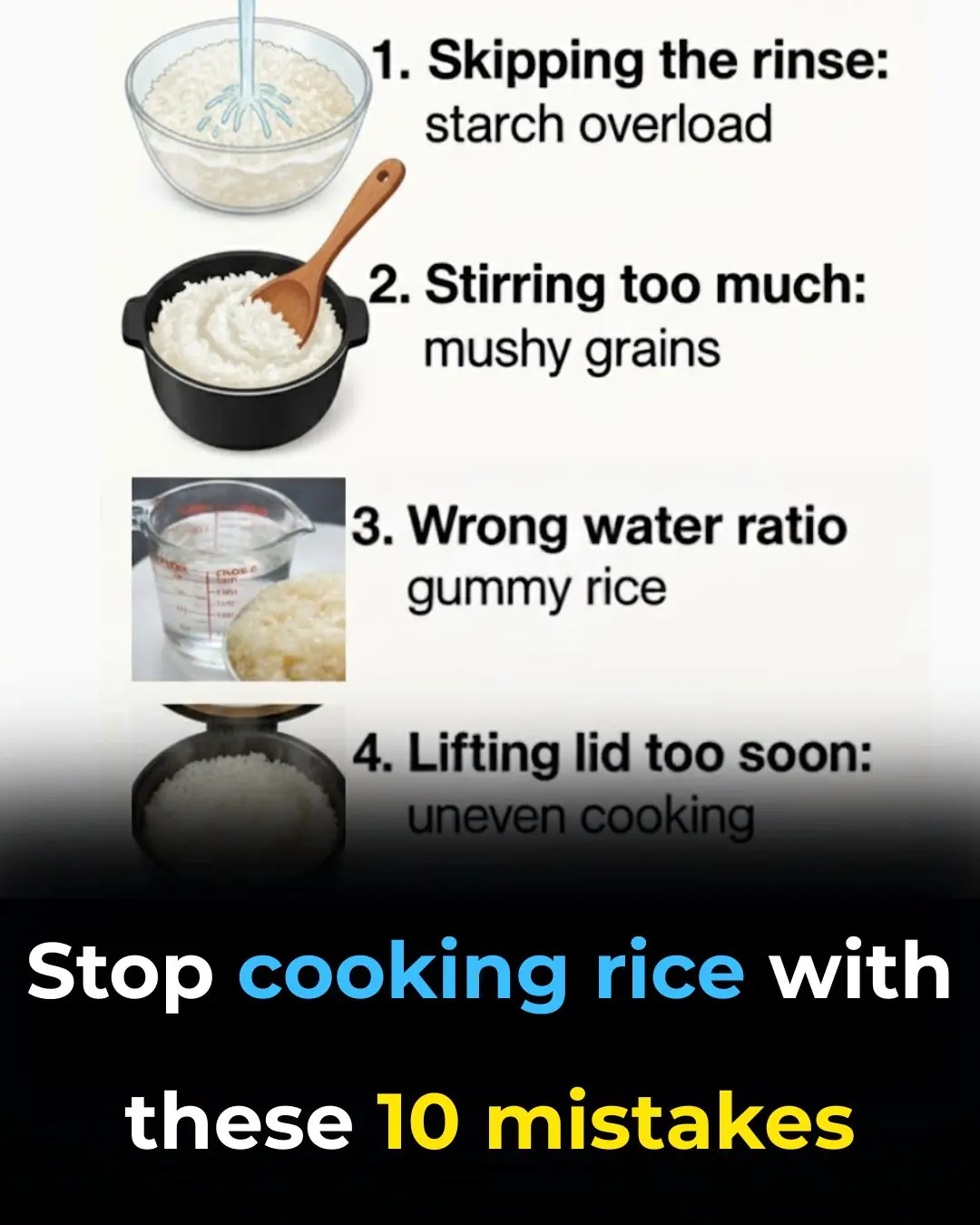
Stop cooking rice with these 10 mistakes
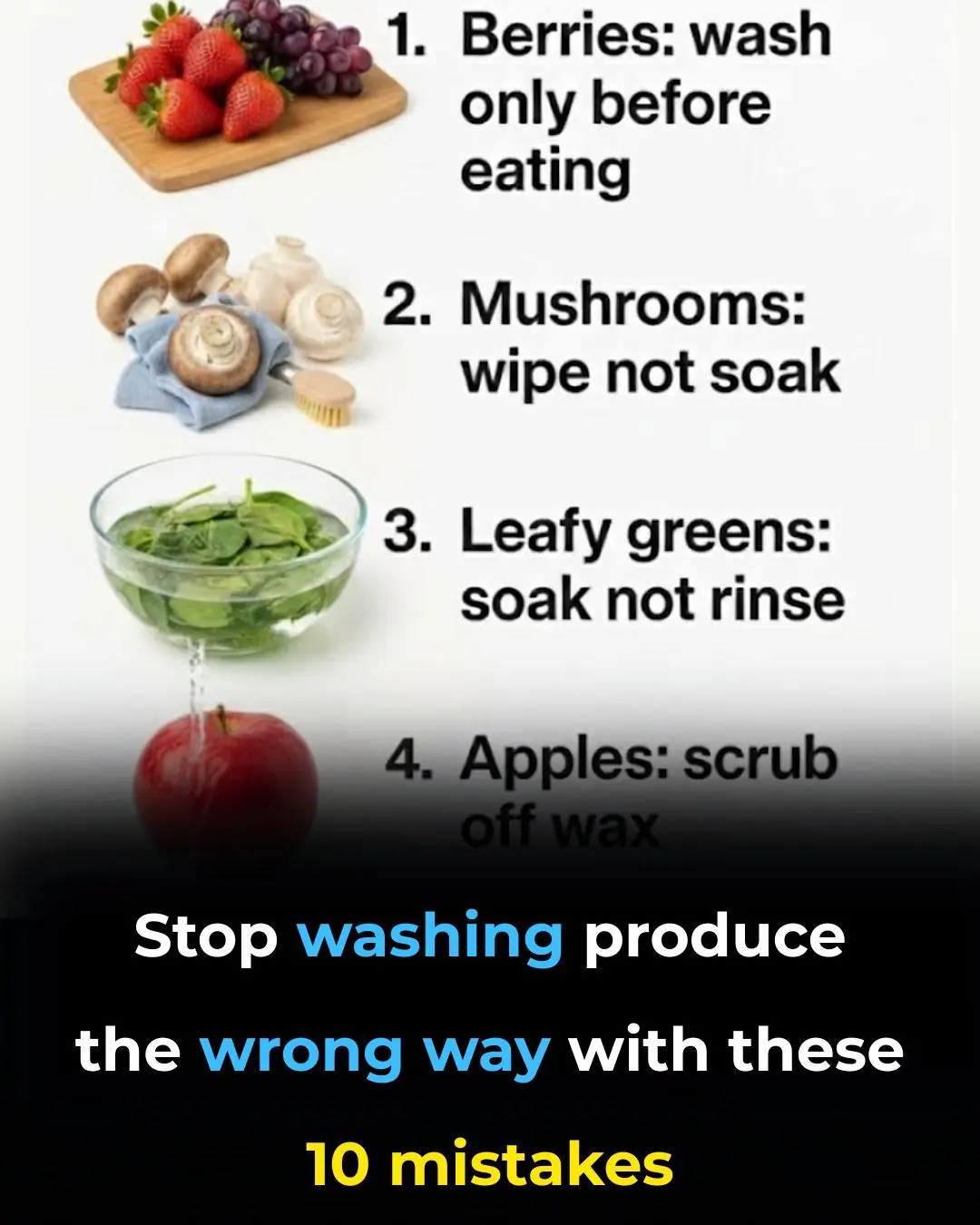
Stop washing produce the wrong way with these 10 mistakes

I didn't know

Stop cooking these 10 foods in aluminum foil

My nana taught me this hack to freshen carpets in 4 mins with 0 work. Here’s how it works
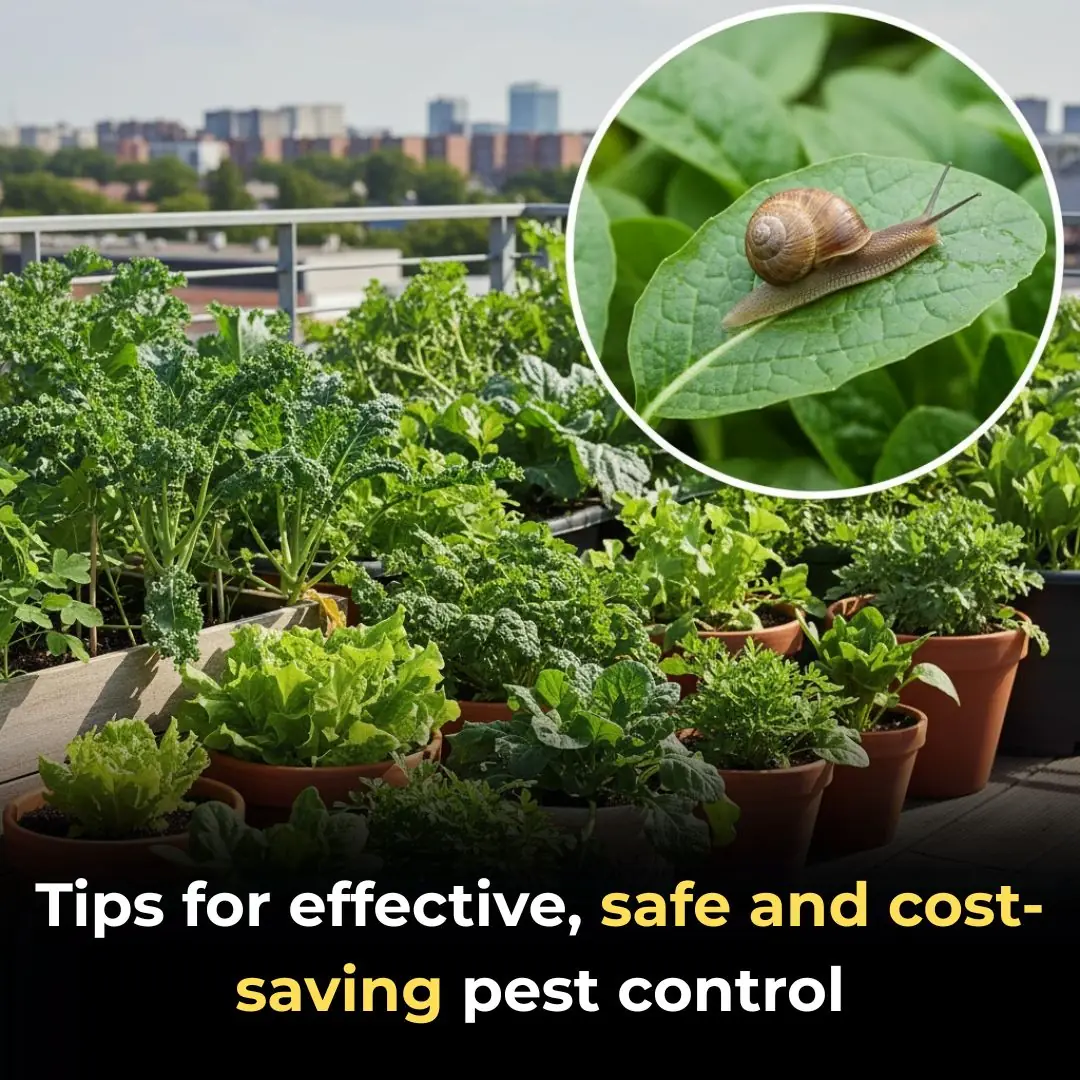
Tips for effective, safe and cost-saving pest control

Distinguish between clean bean sprouts and bean sprouts containing toxic chemicals with the following extremely simple tip.

How to make the Money Tree flower and have fresh shoots to attract fortune

How to make delicious beef stew at home extremely simple

Squeeze lemon into the rice cooker before cooking, a small tip that everyone will praise when they see the results.
News Post

Serrated Leaf Motherwort: A Precious Herb with Many Benefits

Banana flowers and their little-known uses

Eat these 5 fruits to avoid magnesium deficiency, keep your heart healthy and your bones strong.

The Amazing Power of Caesalpinia pulcherrima (Peacock Flower)
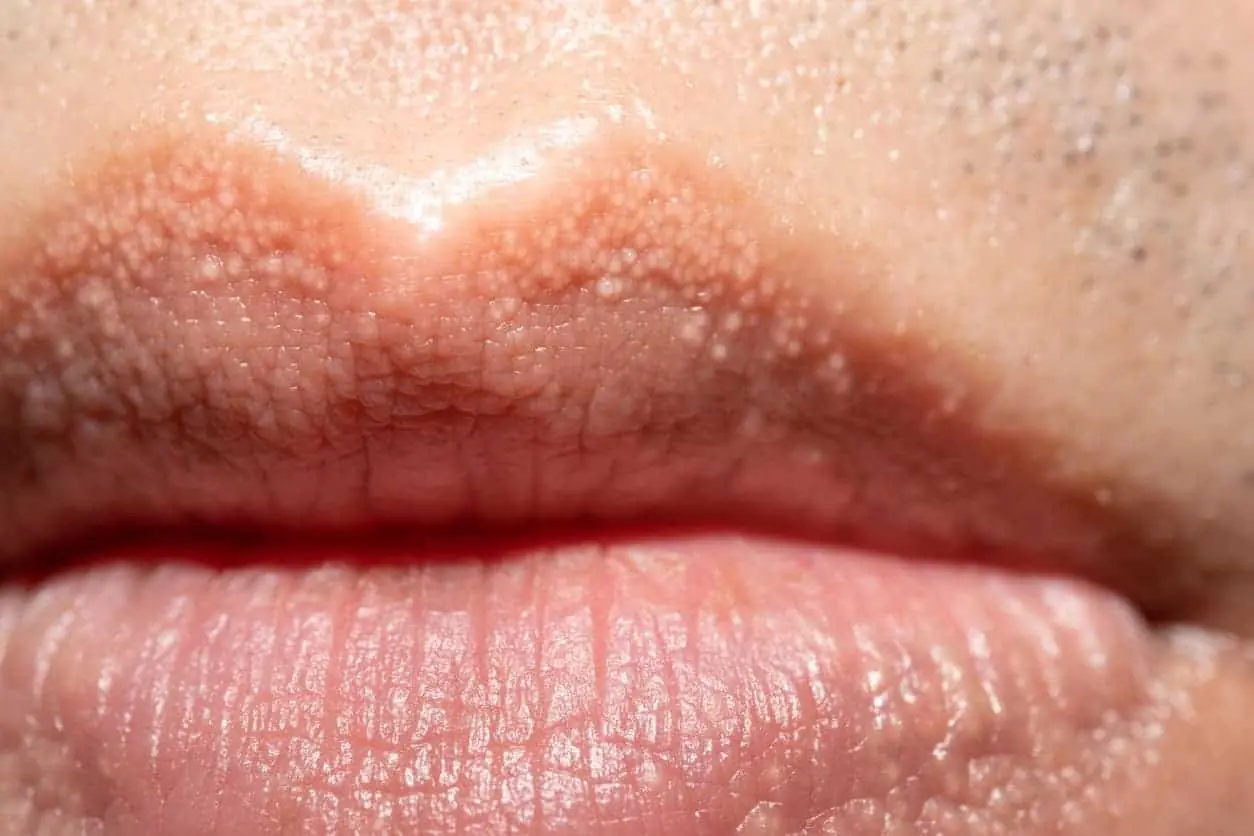
White Bumps or Spots on Lips: Causes and Effective Treatments

Corn Silk: 30 Health Benefits and How to Use It

Turmeric Dosage: How Much You Actually Need for Arthritis, Cancer, and Other Diseases

Better Than Medicine? The Shocking Truth About Dates & Blood Sugar!
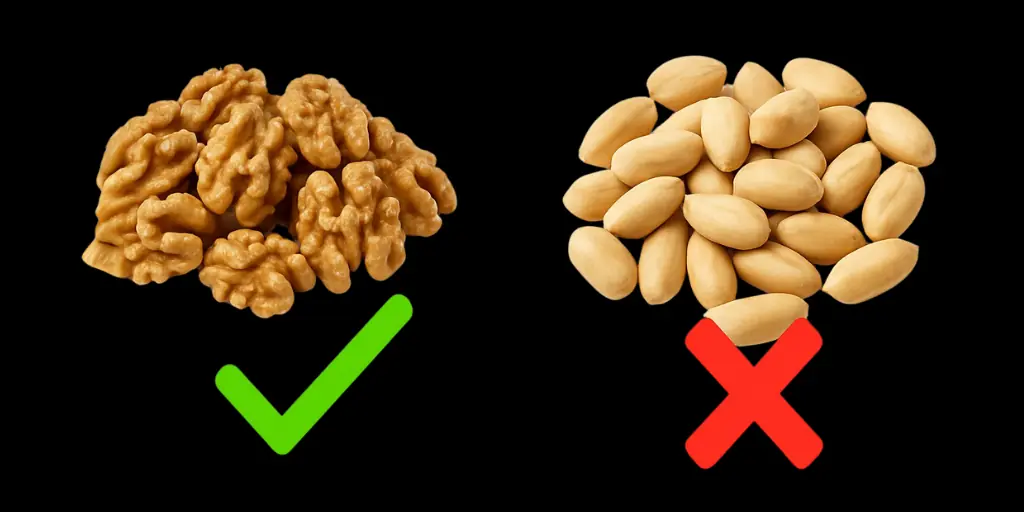
7 Nuts You Should Eat for Better Health (and the #1 Nut You Should NEVER Touch)

An easy-to-dismiss symptom in your foot could be a sign of several more serious illnesses

How to cook black bean perilla water to detoxify the liver and nourish the kidneys

A miracle will happen with a handful of seeds under the bed, unfortunately it's just now

Pouring white sugar into laundry detergent: A little tip that everyone loves, saves a lot of money every year

Tips for dealing with moldy and peeling walls: Simple, inexpensive, any house can do it

Stop wasting money on these 10 pantry staples

Doctor reveals 5 powerful snacks that help your body fight cancer and disease

The Most Effective Foods to Cleanse your Lungs (Research Based)

Starve cancer cells: the ultimate guide to foods that fight and feed cancer

Stop wasting freezer space on these 10 foods
